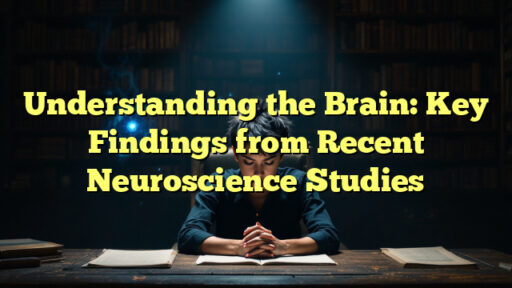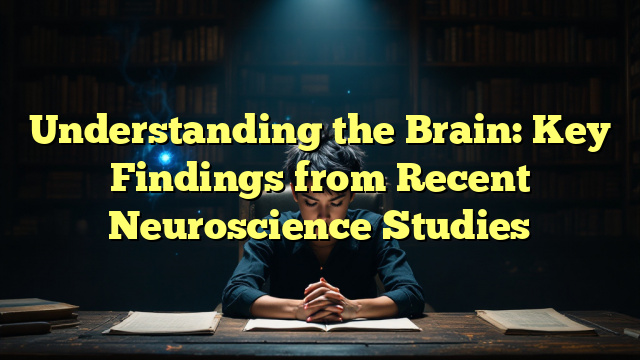Recent advancements in neuroscience have shed new light on the complexity of the human brain. Researchers have made significant progress in understanding how the brain functions, processes information, and influences behavior.
Neuroplasticity: The Brain's Ability to Change
One of the key findings from recent neuroscience studies is the concept of neuroplasticity, which refers to the brain's ability to reorganize itself by forming new neural connections. This phenomenon allows the brain to adapt to new experiences, learn new information, and recover from injuries. It highlights the brain's remarkable flexibility and capacity for growth.
Emotions and Decision-Making
Neuroscience research has also revealed the close relationship between emotions and decision-making. Studies have shown that emotions play a significant role in shaping our choices and behaviors. The brain regions responsible for processing emotions, such as the amygdala and prefrontal cortex, interact with areas involved in decision-making, influencing our judgments and actions.
Cognitive Functions and Memory
Furthermore, recent studies have provided insights into how the brain processes and stores information. Researchers have identified specific brain structures, such as the hippocampus and prefrontal cortex, that are crucial for memory formation and retrieval. Understanding the mechanisms underlying memory can have implications for treating memory disorders and enhancing cognitive function.
Brain Connectivity and Networks
Advances in neuroimaging techniques have enabled scientists to map the brain's connectivity and networks. These studies have revealed how different brain regions communicate and work together to perform various functions. By examining brain networks, researchers can investigate disorders that affect connectivity, such as Alzheimer's disease and autism spectrum disorders.
Conclusion
Overall, recent neuroscience studies have provided valuable insights into the intricate workings of the human brain. From neuroplasticity to emotional processing and memory formation, researchers have made significant strides in unraveling the mysteries of the brain. Understanding these key findings can improve our knowledge of brain function and inform the development of treatments for neurological and psychiatric conditions.
FAQs
What is neuroplasticity?
Neuroplasticity refers to the brain's ability to reorganize itself by forming new neural connections. It enables the brain to adapt to new experiences, learn new information, and recover from injuries.
How do emotions influence decision-making?
Emotions interact with brain regions responsible for decision-making, such as the amygdala and prefrontal cortex, influencing our choices and behaviors. Emotions can bias our judgments and impact our decision-making processes.
How does memory formation occur in the brain?
The hippocampus and prefrontal cortex are crucial for memory formation and retrieval. These brain structures work together to encode, store, and retrieve information, allowing us to remember past experiences and learn new things.
Unlock Your Mental Potential



